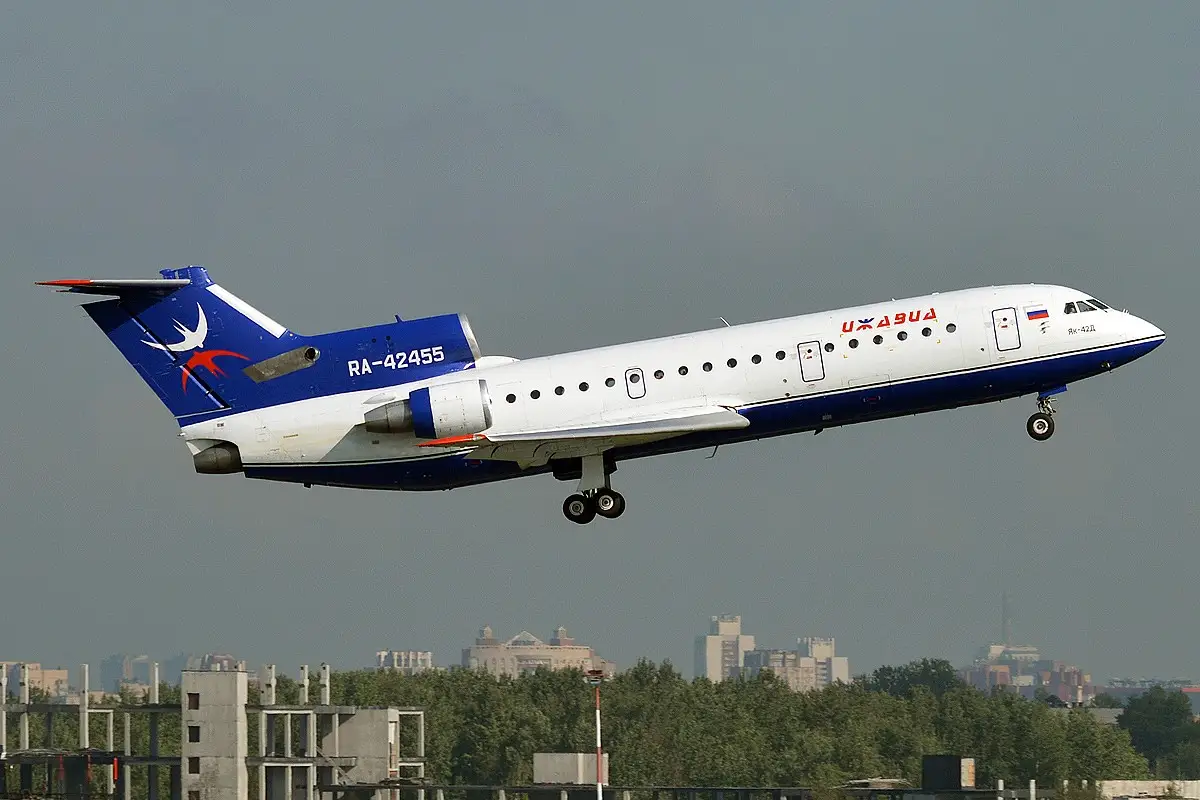
Russian skies at risk: mega inspection plan for 51 regional carriers
In 2024 aircraft incidents doubled; the number of victims is alarming: Moscow rushes to take remedial measures

Extraordinary inspections from December 2025 to December 2026. The checks, prompted by the ministry of Transport, will focus on maintenance and personnel training to prevent new catastrophes
The safety of regional civil air transport in Russia is on alert. The Moscow Government, at the initiative of the Ministry of Transport (Mintrans), is preparing to launch an unprecedented inspection operation that will involve 51 regional airlines across the country. The measure, which will begin on 1 December 2025 and last 12 months, was decided in response to a sharp and worrying increase in incidents in Russian commercial aviation.
The decision followed alarming data provided by Rostransnadzor (the Federal Service for Transport Supervision) to the Ministry of Transport. In a note from Rostransnadzor’s deputy head, Vladimir Fonarev, it is highlighted that the number of air incidents doubled in 2024 compared to 2023 (rising from 8 to 17), while the number of fatalities more than tripled (from 12 to 37). The start of 2025 further worsened the toll, with four events, including two disasters, that caused 53 deaths.
These “negative trends” have been attributed primarily to violations of aviation legislation by commercial carriers. Official documents point to non-compliance with technical maintenance standards, insufficient personnel training, the absence of an effective Safety Management System (SMS), and deviations from operational procedures. Authorities conclude that the operations of some regional carriers constitute a “real threat to human lives", citing the risk of repeating tragedies like the Antonov An-24 of Angara Airlines that crashed on 24 July near Tynda (see the related report on AVIONEWS).
The list of 51 airlines designated for the extraordinary inspection includes well-known names such as Azimuth, Aurora, Alrosa, Izhavia, RusLine and Severstal. Inspections will focus on crucial areas: the effectiveness of aircraft maintenance (including engines and propellers), specialist training programs, and the maintenance of airworthiness requirements. The adoption of a government ordinance to launch such a wide inspection is necessary because of legislative gaps. Rostransnadzor, in fact, has limited possibilities to carry out unannounced (non-planned) checks, and regular inspections can be performed only on high-risk carriers and no more than once every two years. This makes a direct Government mandate the only legal instrument for a comprehensive, large-scale assessment.
Experts and industry representatives emphasize that the roots of the crisis lie in the post-2022 context. International sanctions have affected maintenance and the availability of spare parts for Western-type fleets, but the problem, according to Andrei Patrakov, founder of the aviation safety service RunAvia, is deeper: a strong dependence on old Soviet-built aircraft such as the Antonov An-24 and Mil Mi-8 helicopters.
Sergey Detenyshev, president of the Association of Small Air Enterprises (MalAp), highlights aging not only of aircraft but also of pilots. Generational renewal is in crisis, and the human factor is playing an increasingly critical role. Detenyshev warns that inspections, while a necessary step, may not be sufficient because carriers are not technically able to meet federal regulatory requirements for the maintenance of aircraft whose production ceased over 50 years ago. Repairs are often carried out with parts taken from obsolete storerooms or retired aircraft, increasing technical risks.
The airline Aurora, included in the list, has already welcomed the initiative, confirming the importance of government attention to safety and announcing the implementation of new flight safety management standards. However, the scale of the challenges requires a more radical reflection on the need for structural transformations across the entire Russian regional civil aviation sector.
AVIONEWS - World Aeronautical Press Agency